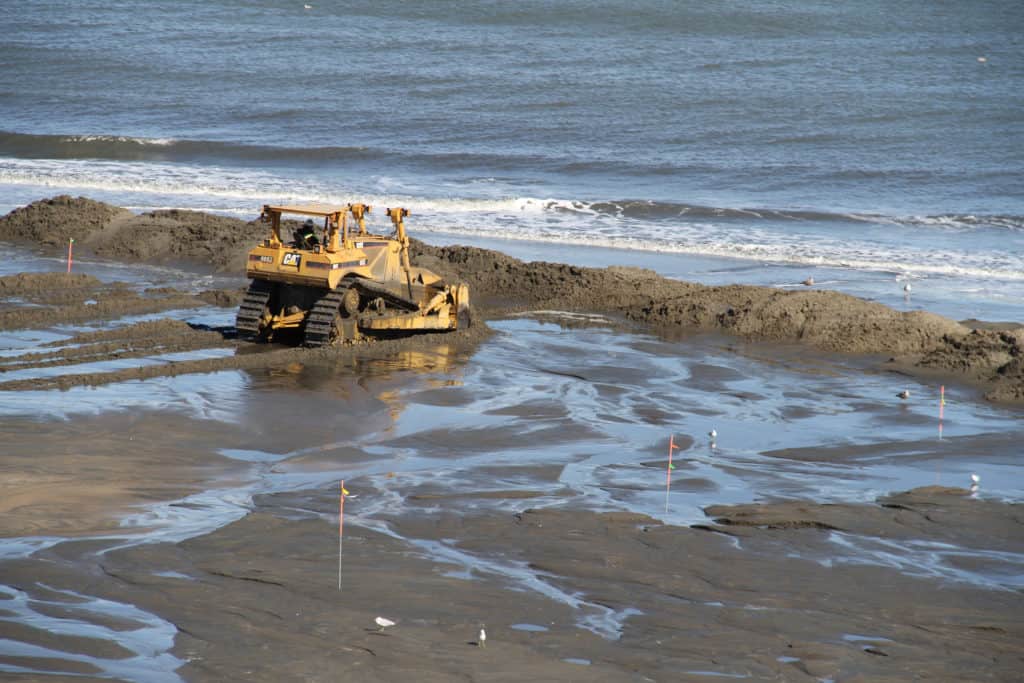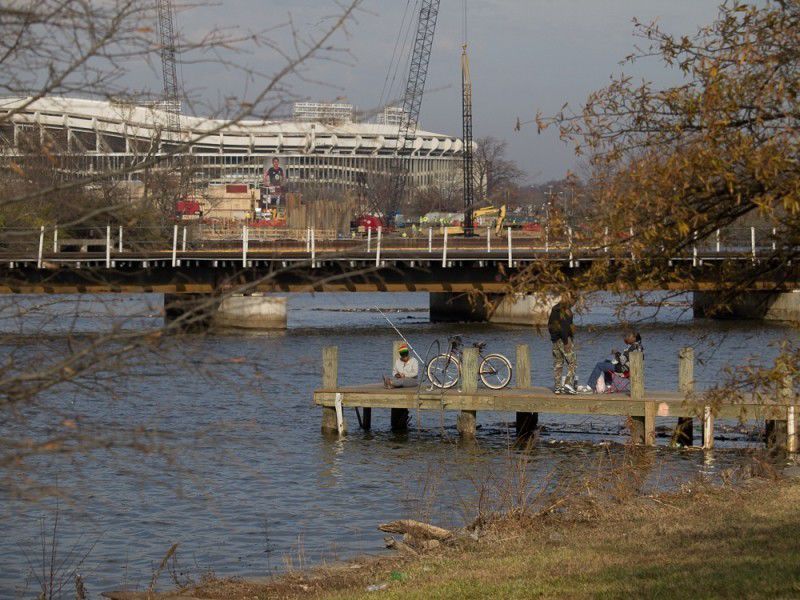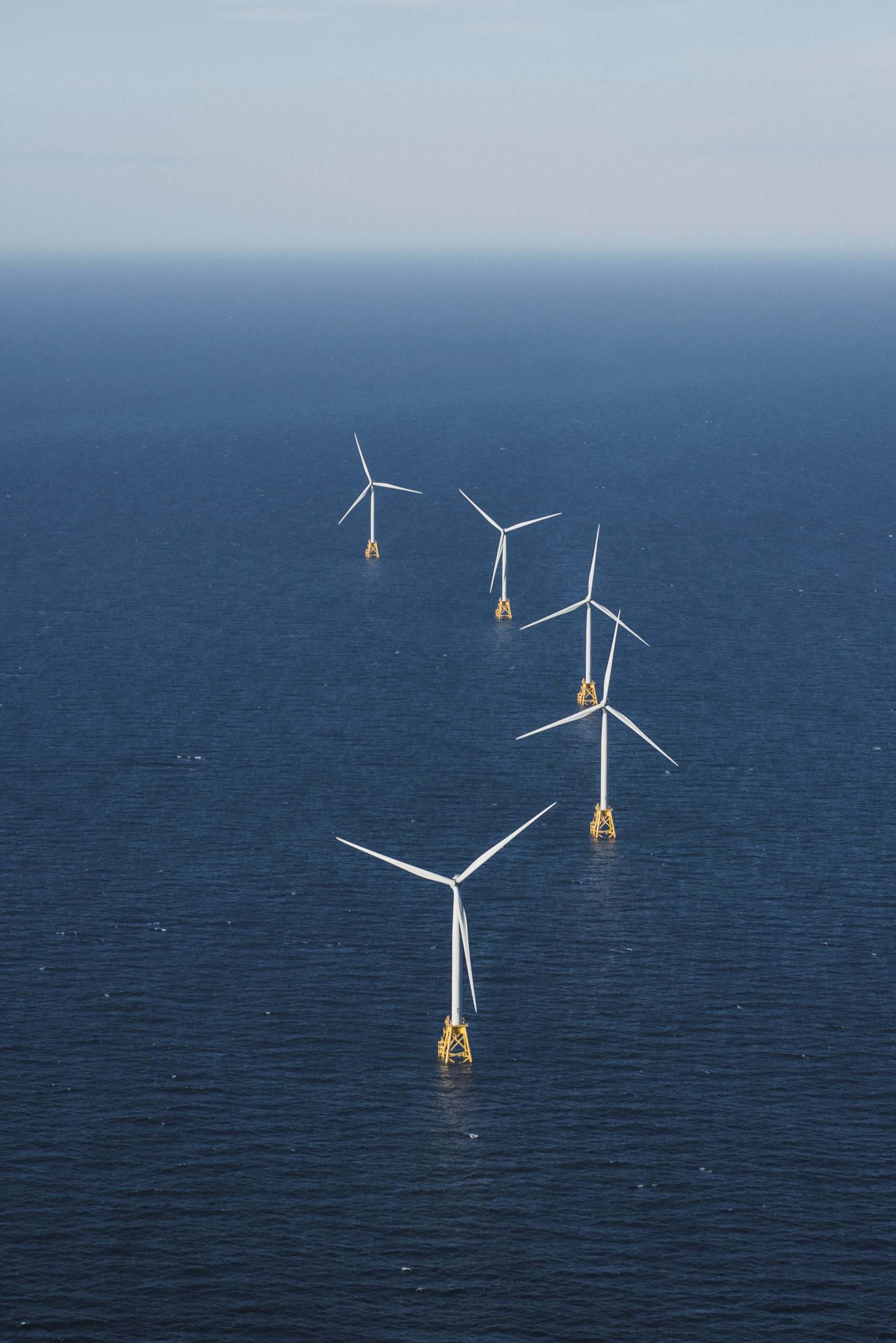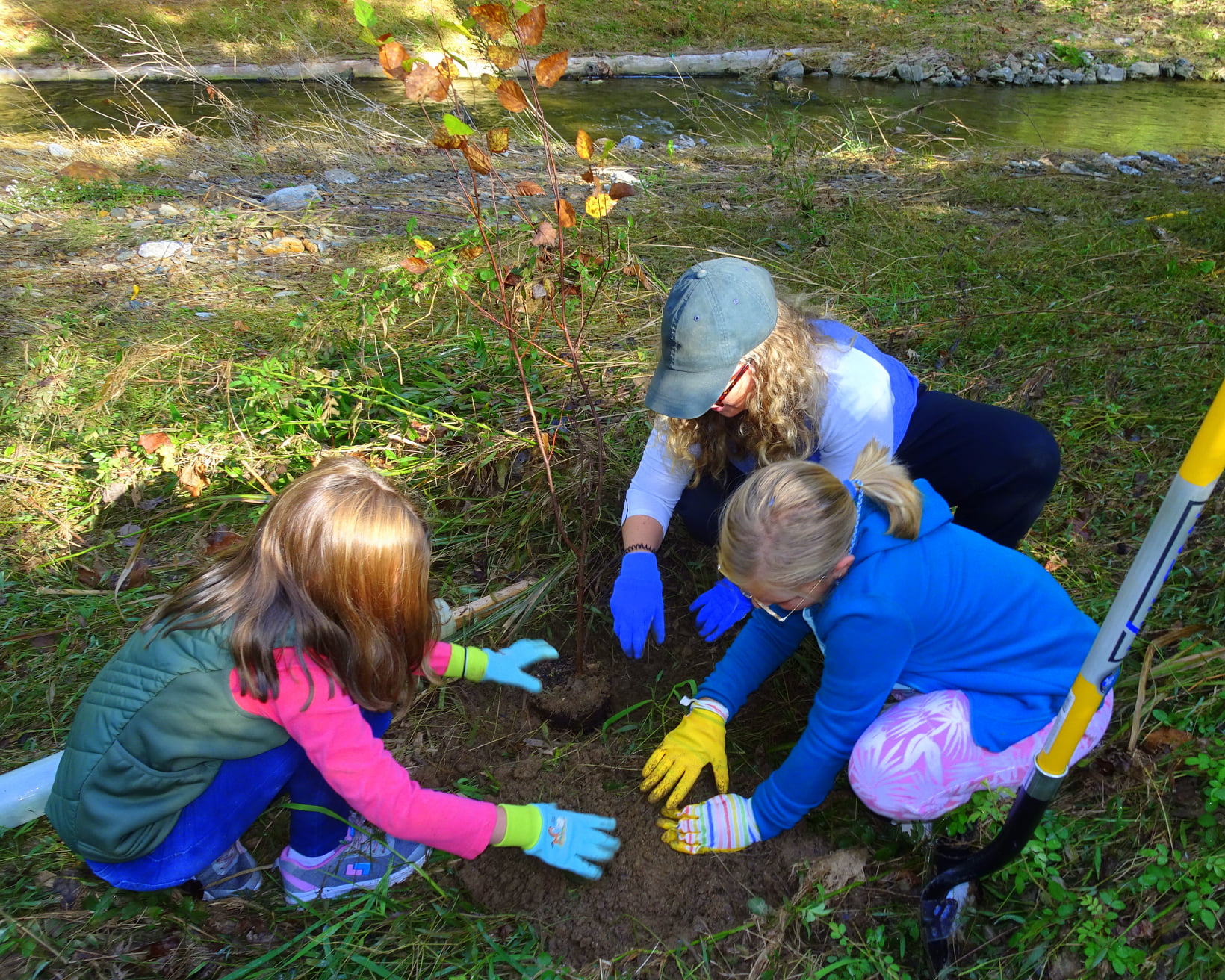With Virginia widely recognized as ground zero for coastal flooding risk now and in the years to come, there was surprise and concern ten days ago when news broke ten days ago that The College of William & Mary was shutting down its well-respected Virginia Coastal Policy Center.
Law School Dean A. Benjamin Spencer announced the center was to close upon the retirement of its Executive Director, Professor Elizabeth Andrews, on June 30. Since it was founded in 2013, the Center has become the go-to authority for effective coastal policy development and analysis along Virginia’s waterfront. In that announcement, Spencer promised to replace the Center with an interdisciplinary approach to coastal resilience research, scholarship, education and advisory work.
Many parts of Virginia’s Chesapeake Bay and Atlantic seashore face sinking land combined with rising seas and stronger storms. Meeting the challenges is always complex. It takes legal analysis, developing policies and planning around them, ecologically-minded engineering, training, community outreach and helping the contractors who install living shorelines and other solutions.
Late last week, Spencer outlined his new plan. The new Virginia Coastal Resilience Collaborative will be a university-wide effort to help the Commonwealth deal with water as a resource. “A signature initiative of Vision 2026, W&M’s strategic plan, [it] will offer a centralized approach to coastal resilience research, scholarship, education, and advisory work.” The Collaborative will work with communities, state and federal agencies and other industries offering research, training programs and consulting to inform their resilience needs now and in the future.
“We’re excited about the potential of this new university-wide collaborative to expand, evolve and streamline the scholarship, educational, and advisory work that W&M and [the Virginia Institute of Marine Science (VIMS)] have been engaged in across campus,” said Brian Whitson, the university’s chief communications officer.
Beginning April 15, a new steering committee chaired by Dr. D. Derek Aday, the dean of the School of Marine Science and Director of VIMS, will meet to develop a detailed plan for the collaborative. The committee will include staff from Virginia Sea Grant, other school leaders, legislators, local municipalities, policymakers, and industry representatives. An ambitious schedule calls for the draft plan to go to W&M’s President and Provost by June 15, with hiring over the summer for an assistant pProvost, who will coordinate work across William and Mary’s five schools of marine science, law, business, education and arts and sciences, as well as with other universities and state agencies. Other staff at the collaborative will include a policy analyst and clerical support. The Collaborative will launch officially September 1.
A broad partnership with interdisciplinary strengths would seem to be a good multi-tool for addressing Virginia’s coastal resilience challenges. With so many moving parts, the plan for this Virginia Coastal Resilience Collaborative will have to include clear mechanisms for authority, responsibility, and accountability in its operational processes.
-John Page Williams




